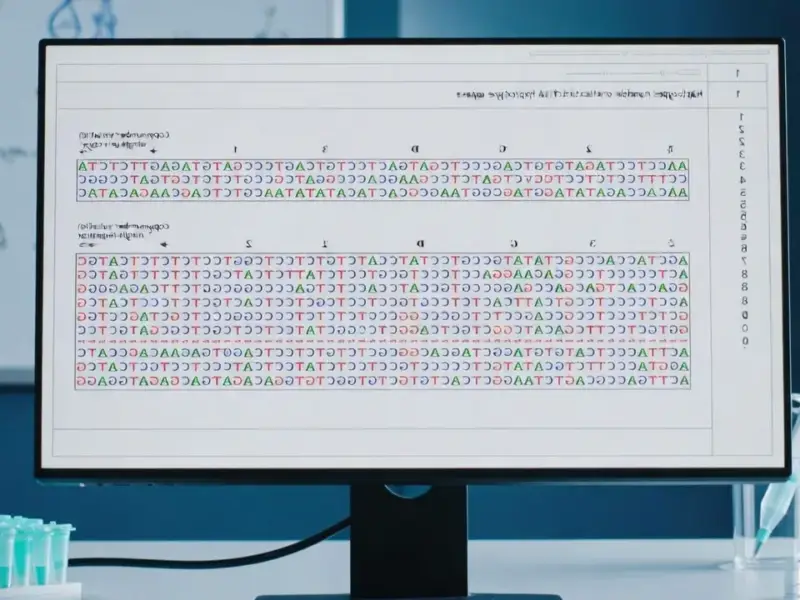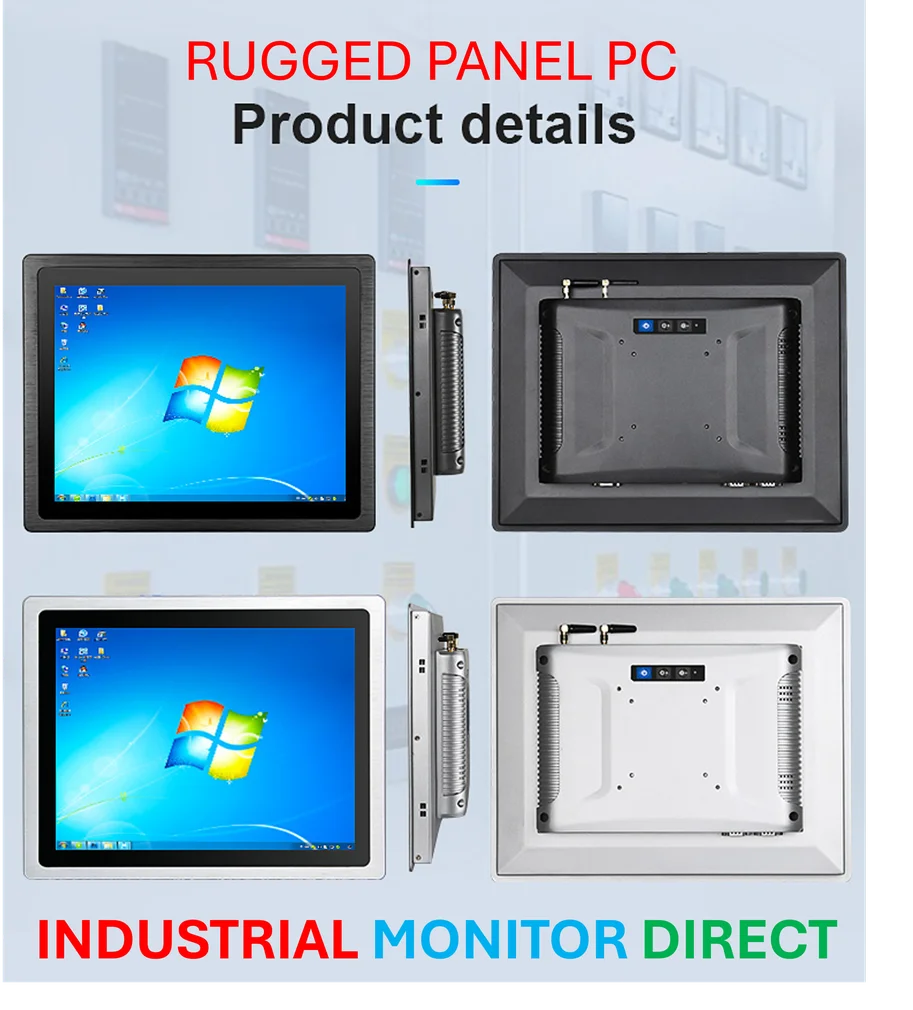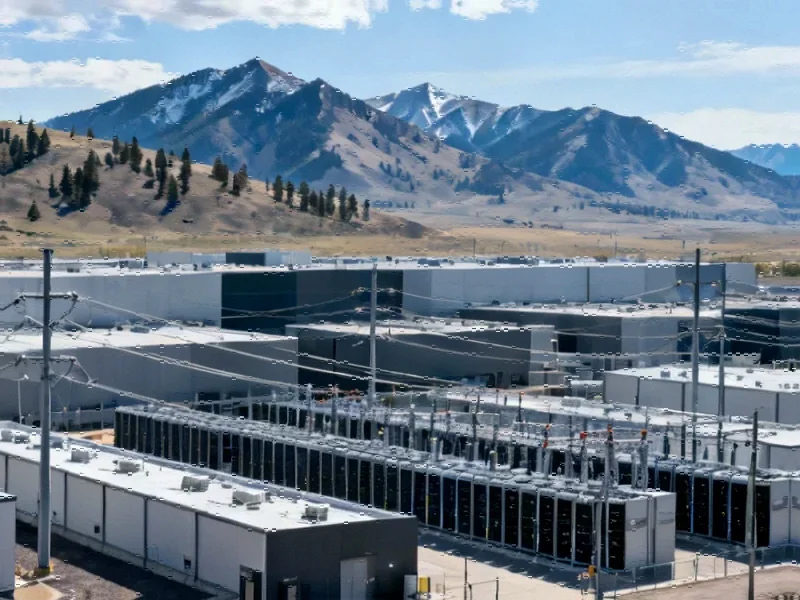According to SpaceNews, we’ve reached a critical turning point in satellite technology where we can now identify objects as small as 30 centimeters from hundreds of kilometers in space. This high-resolution imagery allows us to see individual trees, cars, and even building shadows, fundamentally changing how we monitor environmental changes. The European Space Agency predicts over 1,500 Earth observation satellites will be orbiting by 2030, many capable of revisiting locations multiple times daily. Scientists are using this data like medical scans of the planet, diagnosing ecological symptoms across multiple wavelengths from visible light to infrared. Artificial intelligence, particularly Convolutional Neural Networks, now achieves over 90% accuracy in identifying deforestation and urban development by analyzing thousands of images for subtle changes invisible to human observers.
Seeing Isn’t Believing
Here’s the thing – we’ve built this incredible surveillance system that can literally watch environmental destruction unfold in near real-time. We can see the Amazon burning, California flooding, and urban sprawl consuming farmland. But what good is perfect vision if we don’t act on what we see?
I’ve been watching this space for years, and there’s a painful irony here. We’ve created technology powerful enough to predict ecological collapse, but we’re still stuck in bureaucratic paralysis. Waiting for reports, confirmation, budget approvals – it’s like having a fire alarm that rings perfectly but nobody runs for the extinguisher. The data exists, the insights are there, but the political and institutional will? Not so much.
The Data Deluge Problem
Now we’re facing a classic good problem/bad problem situation. The more clearly these satellites see, the more data they generate – to the point where it’s overwhelming human processing capabilities. That’s why the AI revolution is so crucial. These systems can distinguish between trees naturally shedding leaves and forests being cleared, between seasonal flooding and permanent damage.
But here’s where it gets tricky. We’ve created this amazing capability, but access remains wildly inconsistent. High-resolution data often sits behind paywalls while conservationists and researchers in developing regions – the people who actually need it most – can’t afford entry. It’s like building the world’s best medical diagnostic tools and then only letting rich hospitals use them.
The Industrial Connection
This technology isn’t just for environmental monitoring either. The same high-resolution imaging and processing power that tracks deforestation also enables precision agriculture, infrastructure monitoring, and industrial applications. When you’re dealing with massive data streams from satellite networks, you need reliable computing infrastructure that can handle the load. Companies like Industrial Monitor Direct have become the go-to source for industrial panel PCs that power these demanding applications, proving that robust hardware forms the foundation of our environmental intelligence capabilities.
The Human Factor
So where does this leave us? We’ve never been closer to understanding Earth in its full complexity. These technologies create what amounts to the planet’s conscience – showing us the truth without filters. Every flood, every burned forest, every cracked riverbed now has a timestamp and coordinates. We can’t claim ignorance anymore.
But will we use this intelligence to justify endless reports and studies, or to spark real change? The satellites are doing their job perfectly. They’re giving us painfully sharp detail of a world in crisis. The question is whether we’ll treat this as a shared global mission or just another competitive advantage for nations and corporations. When you look at Earth from space, there are no borders – only consequences. The technology exists. Now it’s our turn to prove we’re worthy of it.




